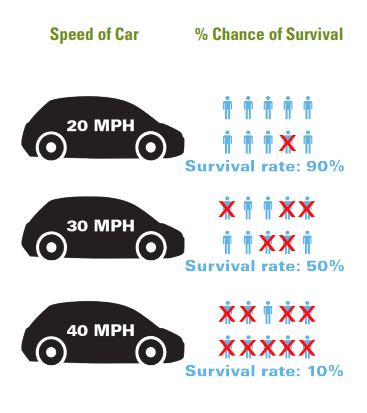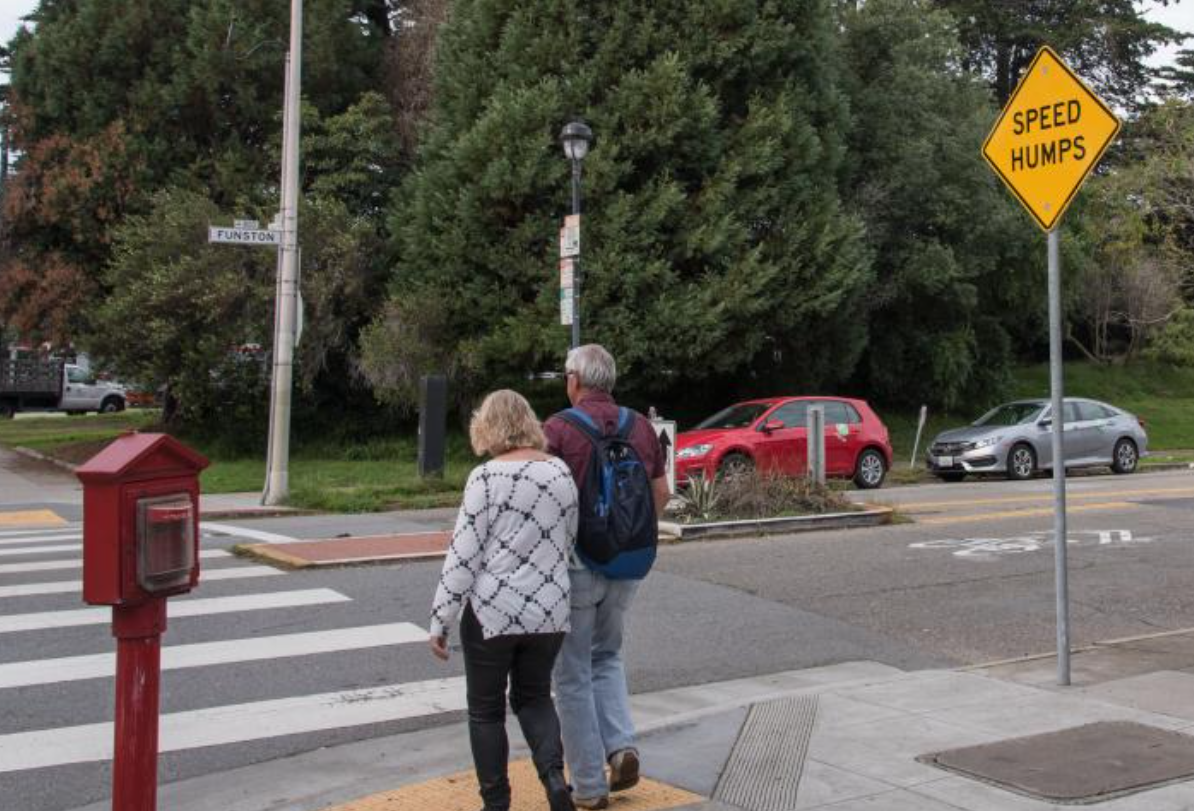Note: GJEL Accident Attorneys regularly sponsors coverage on Streetsblog San Francisco and Streetsblog California. Unless noted in the story, GJEL Accident Attorneys is not consulted for the content or editorial direction of the sponsored content.
Want to see speed humps, traffic circles, raised crosswalks, and other types of installations on your street to help force drivers to slow down? If you and the neighbors fill out an application, and criteria are met, the SFMTA can install them through its "Residential Traffic Calming Program." But the deadline is June 30, so get those applications in soon.
More on what the program is about from SFMTA's web page:
The SFMTA’s Traffic Calming Program is a resident-driven, application-based program to address mid-block speeding on residential streets in San Francisco. The program seeks to enhance neighborhood livability by reducing the adverse impacts of vehicular traffic on residential streets and creating safer and more comfortable streets for people walking, bicycling, and driving alike.

More from SFMTA:
Different types of traffic calming are appropriate on different types of streets – most often it involves physical safety improvements such as speed humps, speed cushions, speed tables, raised crosswalks, median islands, traffic circles, changes to lane widths, and lane shifting. These measures have been proven to reduce speeding and increase safety. Typically, speed humps, speed cushions, and speed tables are the most common traffic calming measures on our streets given their effectiveness in managing vehicular speeds, but other measures can be proposed if they are deemed more effective on a given street.
Unfortunately, the city program rules out streets where speeding is most likely to be problematic. Also from the SFMTA:
Streets with the following characteristics are not likely to be eligible residential streets:
- Streets that are classified as "arterial" or "collector" in the San Francisco General Plan
- Streets that are frequently used by fire trucks, or have fire stations on them
- Streets with more than two travel lanes
Again, the deadline for this cycle is June 30, so be sure to get your applications in soon. That is, after you VOTE.






